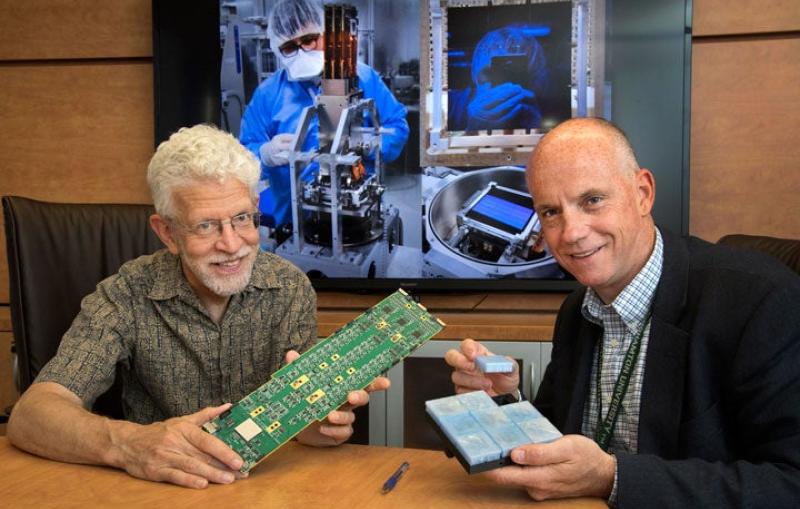
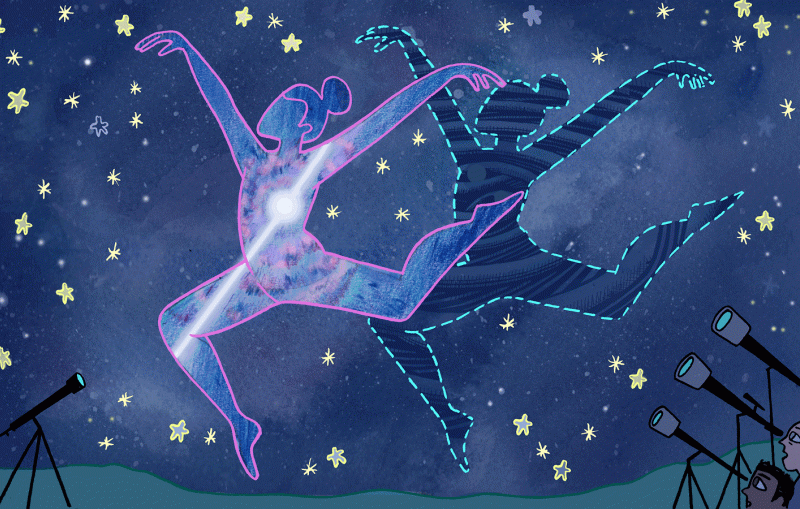
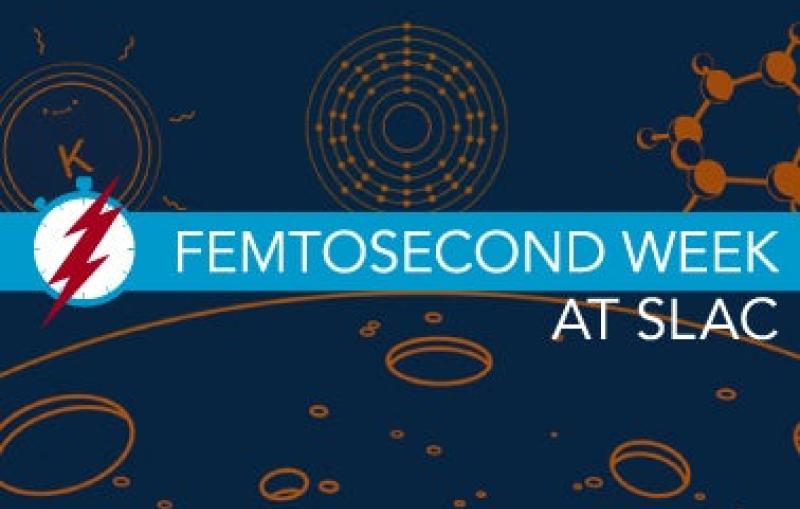
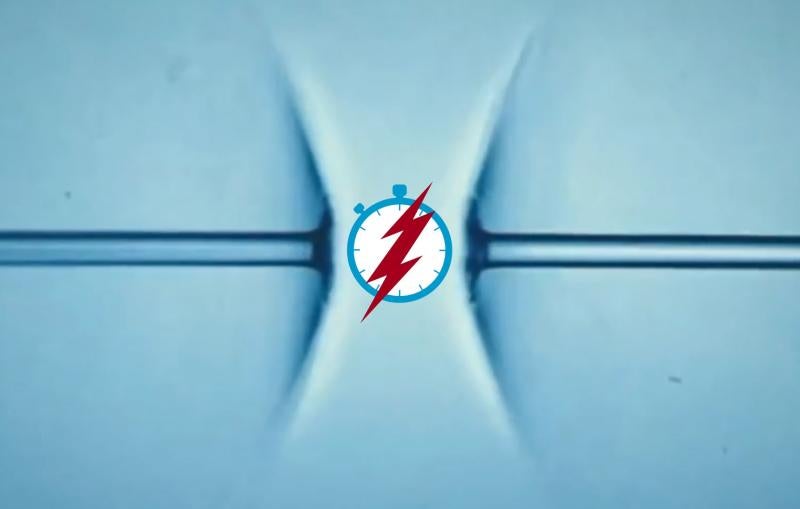
News Feature
VIA Kavli Foundation
Delving Into the 'Dark Universe' with the Large Synoptic Survey Telescope
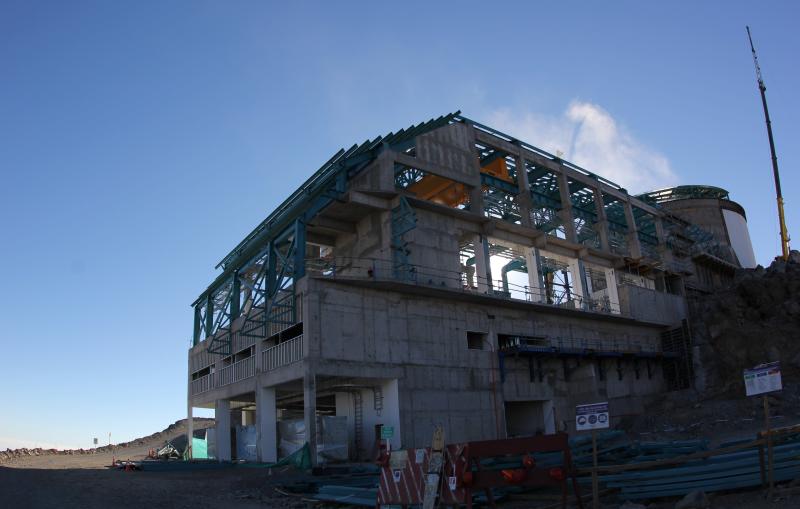
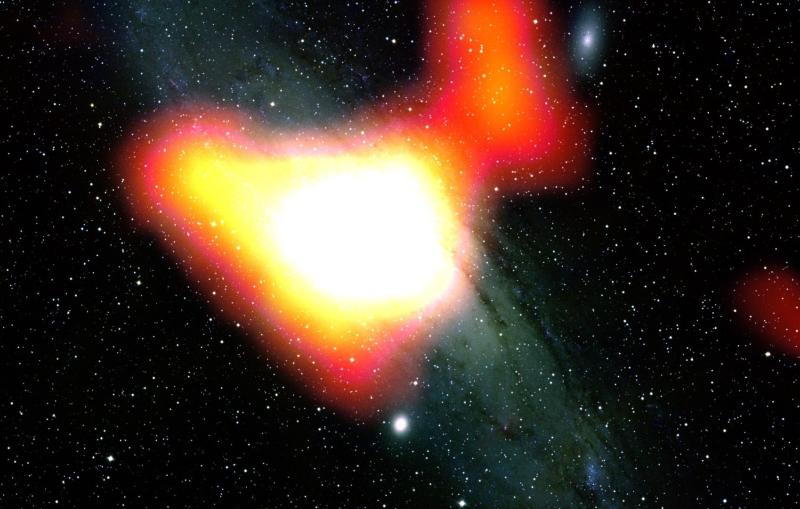


SLAC’s astrophysicists and cosmologists pursue top-priority research on topics including dark matter and dark energy, the formation of galaxies and cosmic evolution.
Related link:
Astrophysics and cosmology







